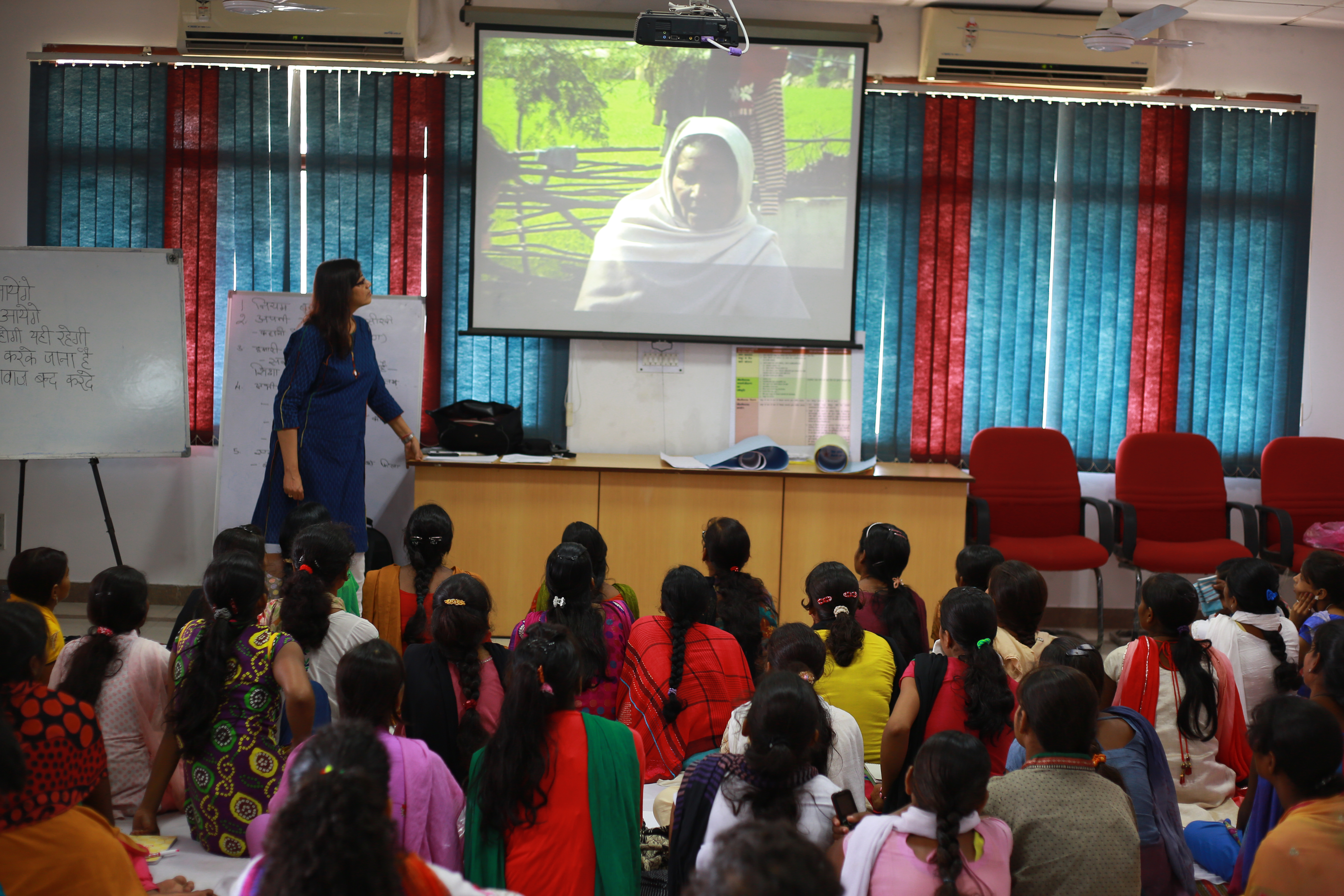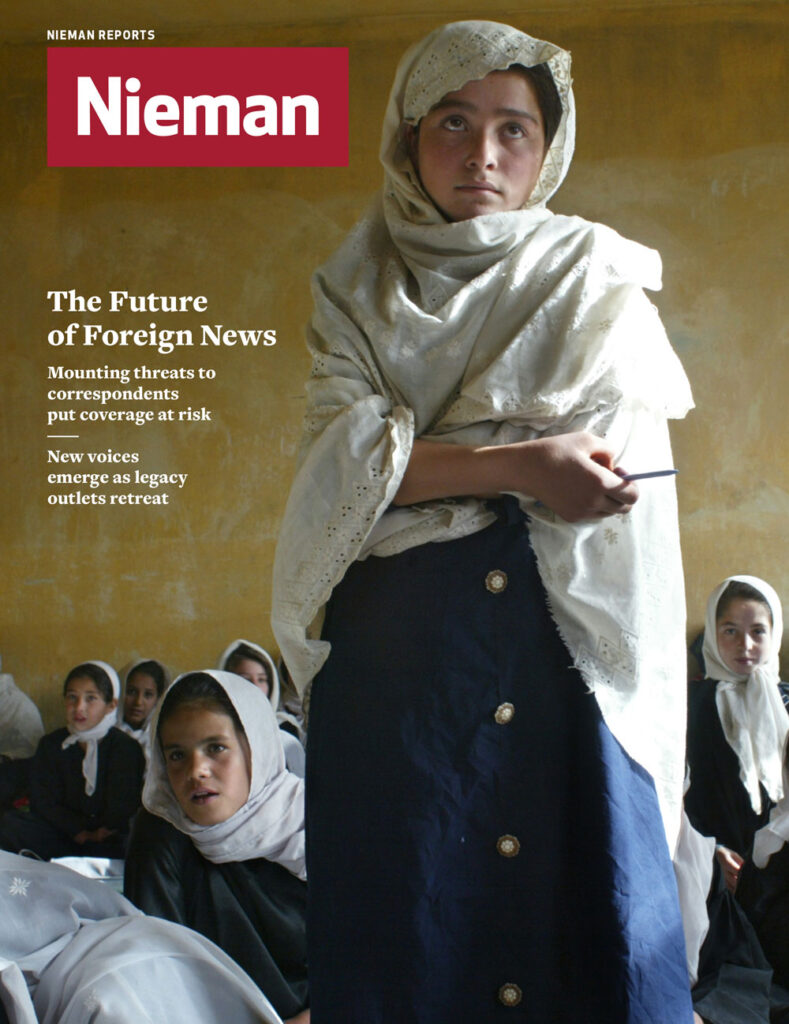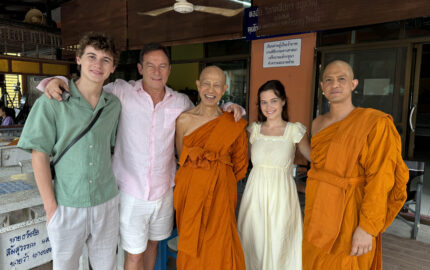This summer, in the villages of north India, I trained rural young women, ages 15 to 22, in the skills of journalism so they could claim their own voices and tell stories being ignored by mainstream media.
For the first time, the 39 young women, who came from 35 villages in the state of Uttar Pradesh, stayed far from their homes without being accompanied by an adult male family member. Bringing them out of their homes had required gaining the trust of their families. A team at the Rajiv Gandhi Foundation, the nonprofit supporting the effort, had reached out to each family.
Gender discrimination in this region of India is high and a preference for sons sometimes leads to female feticide. A recent spate of brutal rapes in these villages had led to increased restrictions on girls and women.
The practice of journalism involves not just an ability to write, but also an attitude, with which we confront authority and ask questions. Thus, my first step was to empower my students through storytelling, a skill I learned from Kennedy School senior lecturer Marshall Ganz. They were coached in how to articulate what he calls their Story of Self, their Story of Us (their shared values), and their Story of Now (how they could move the group to action).
Indeed, as the day wore on, each of the young women broke through her reticence to tell her story. They were most moved as Ranisha, choking on her tears, spoke. “After my sister was gang-raped, I was not allowed to go anywhere. Even my schooling was stopped,” she said. Grim as the stories were, they were also full of courage and hope.
My students learned to articulate their concerns, such as sexual harassment, and to ask questions, which facilitated moving into sessions on writing, storytelling, and ethics. By the third day, the students were ready to go to a village to do some reporting.
With no further guidance, they investigated the learning of children at a school and the availability of medicines at the health center. Before long, they confronted the village chief, asking him some tough questions about the state of school education and the absence of proper care at the health center. They published their first village bulletin this fall.
In my journalism, I have sought to bring power to the marginalized by making their voices heard. Now I work with the marginalized so they can develop their voices and, through their journalism, empower others.




